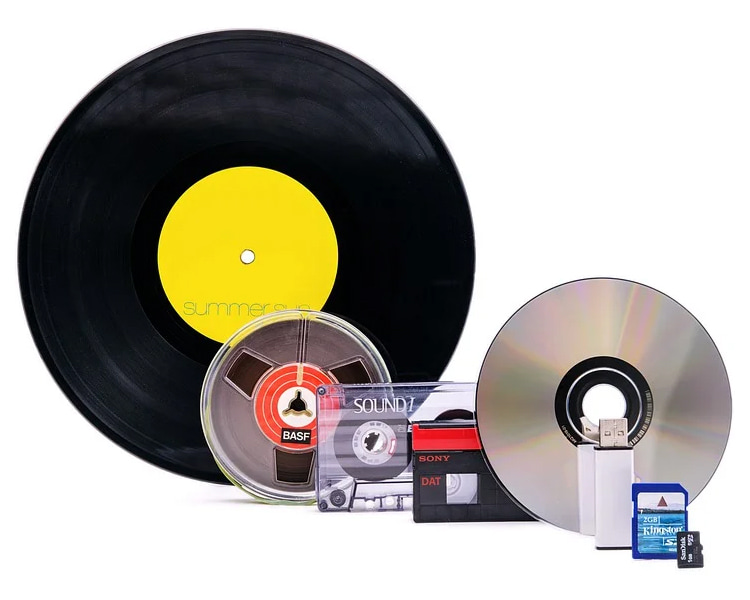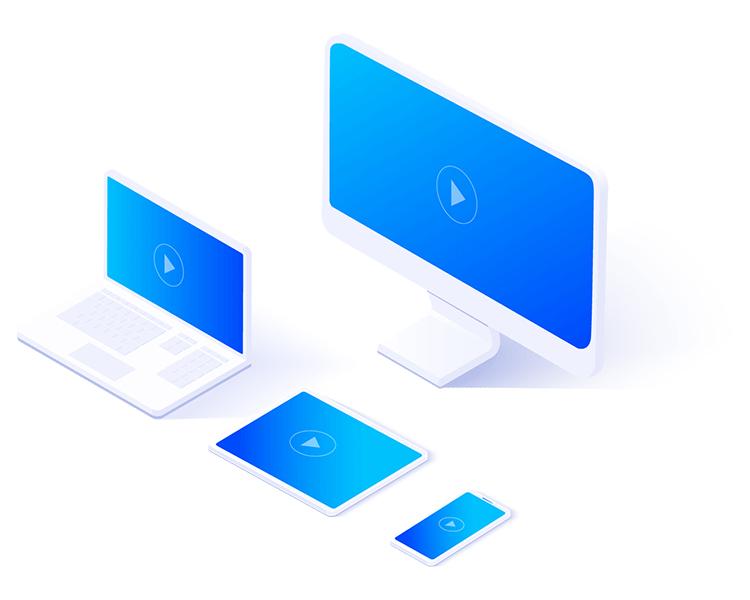The world continues to change. With the advancements in technologies, human civilization evolves. It's only up to the humans to perceive them, and also to judge whether the advances are good or bad.
And when it comes to the internet and mobile, the technology has also evolved commodities, in which the technology digitizes contents so people can consume them easier.
Streaming is one of the best examples.
By streaming media, contents can be delivered and consumed in a continuous manner from a source, with little or no intermediate storage in network elements.
This method distinguishes itself from the more traditional methods of media consumption, like radio or television, or books, or video tapes, CDs and so forth.
Because streaming allows providers to "stream" the contents without requiring users to ever download them, users can consume the contents before the entire file has been transmitted.
This eases consumers, benefits the providers, but deliberately changed ownership forever.

There was a time when owning something was to have that something in possession.
At the time, after purchasing the thing, the person has the utmost right with that thing.
For example, people went to brick-and-mortar stores to buy a copy of their favorite band's latest album, or buy copy of the blockbuster film they couldn't wait to watch.
Then, when technology advanced, people could start downloading the contents.
After buying them or downloading them, the "content" can be listened and watched over and over again, and no one could ever stop them. No law nor policy could prevent the consumers from doing what they wanted to do.
But then things changed again.
With the internet and the advances of mobile devices, contents stored inside physical forms of storage like vinyl, cassette tapes and CDs, and those that have been digitized to be downloadable contents, have shifted to digital spaces.
They are made available online through platforms like YouTube, Spotify, Netflix, iTunes and more.
For the better, the widened internet coverage and the connection speed that has gone way beyond the 56 kbps dial up, allow multimedia to be streamed in an instant.
But for the worse, consumers can no longer "own" the things they purchased, the way it used to.
It is only in a relatively short period of time, since the invention of the phonograph, that contents could no longer be "owned" in the same way people "own" their possessions.
With "streaming" becoming the most common format from which people access, share and engage with contents, such practices are indicative of the so-called "post-ownership" economy.
No longer that consumers can place greater value (emotional and monetary) on the physical product because of the lack of legal ownership and/or absence of perceived ownership associated with streaming.
Although the idea of streaming media is to help everyone and benefit all parties, streaming media has led to the loss in the perceived sense of ownership and psychological relationship consumers have when buying physical products or downloading the contents' digital form.
While streaming services offer lots of features and many conveniences, ownership is no longer conducive, in a sense that consumers need to follow all the providers' policies, and obey the laws the providers imposed.
As their subscription comes to an end, they can no longer access what they have "purchased."
These eliminate the "personal ownership" that is provided by physical goods or downloadable contents.
In other words, streaming media is like an improvisation of the outdated media consumption model offered by renting of movies or borrowing books from a library, in which consumers could never own the contents.
Instead, consumers become users that are utilized by the platforms.
While music as a means of consumption has been streamed since the invention of radio, it's only since contemporary subscription services that people are given the choice to control their content consumption, including when and where it is accessed.
Here, users develop a sense of loyalty to the streaming services, and not to the content itself.

Users of the platforms know that the platforms they use are the source of the contents they want to consume.
And it's only through the streaming method, that users can develop the loyalty to particular platforms, which deprived them from the psychological ownership they could experience when buying physical goods or downloadable contents.
And this loyalty here, is presented to the interest of the industry, which should help provide more sources for revenue for businesses and the artists/content owners, as well as opening more ways for competition.
Consequently, streaming apps don't offer just the places for users, but provide a way for the content owners to offer the most competitive prices.
By streaming their media, content owners can restructure their contents so they empower consumers to experience the control of the ownership, instead of having that ownership.
Because consumers have control of the contents they have through their subscription, consumers can manage and project their identity, and establish a sense of control in their everyday routine.
The key difference here is that, the context is the element of control that such practices afford in relation to: the presentation of self and the management of having that accessible content.
And that, even when ownership is essentially immaterialized, people can experience whatever they purchased without having to ever own them.
The change is a welcome advancements, simply because of the controls the platforms provide.
